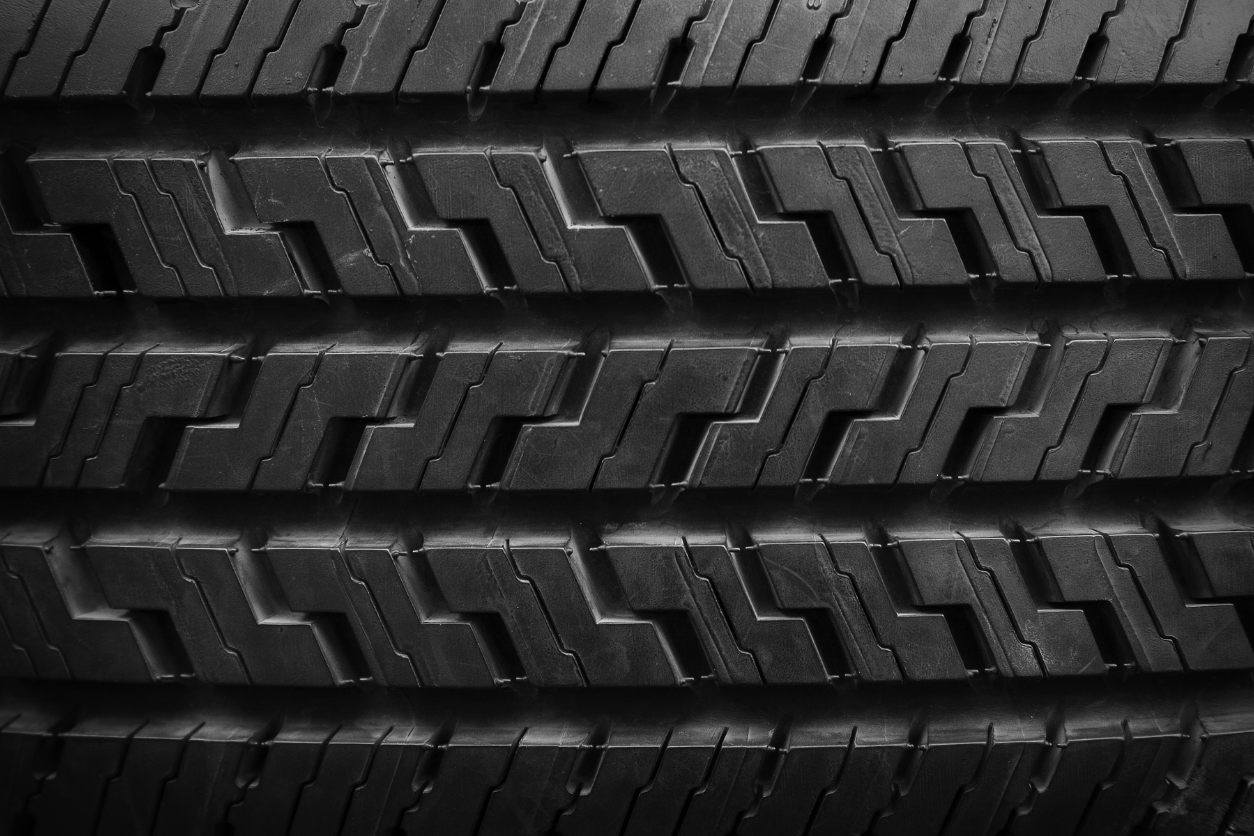Here’s How to Inspect Your Tire’s Tread Wear

Tires are the only part of your car that makes direct contact with the road, so it’s essential to keep them in good shape. One of the most important aspects of tire maintenance is regularly checking the tread wear. Even if you’re passionate about cars but not too familiar with the technical details, inspecting your tire’s tread is a simple task that you can easily handle on your own. Here’s a step-by-step guide on how to do it, straight from the perspective of a seasoned mechanic.
1. Why Tread Wear Matters
Let’s start with the basics—why should you care about tread wear? The tread on your tires is what provides traction, keeping your car connected to the road. Worn-out tread can lead to a loss of control, especially in wet or slippery conditions. In the worst-case scenario, it could cause a blowout or increase your stopping distance, leading to potential accidents. Regularly inspecting your tread ensures your safety and helps you avoid costly repairs down the road.
2. Know the Legal Tread Depth
Before we get into how to check your tread, it’s important to know what you’re looking for. In the U.S., the legal minimum tread depth is 2/32 of an inch. That’s pretty thin—if your tread is at or below this level, it’s time to replace your tires. However, many experts, including myself, recommend replacing tires when they reach 4/32 of an inch to maintain optimal safety, especially in wet conditions.
3. The Penny Test
One of the easiest ways to check your tread depth is the good old penny test. Here’s how you do it:
- Grab a penny and place it between the tread ribs (the raised portion of the tread) of your tire.
- Make sure Lincoln’s head is facing down, going into the tread.
- If you can see the top of Lincoln’s head, your tread is below 2/32 of an inch, and it’s time to replace your tires. If part of his head is covered, you’re good to go, but keep monitoring the wear.
This method isn’t as precise as using a tread depth gauge, but it gives you a quick and easy way to gauge whether your tires are still safe.
4. Using a Tread Depth Gauge
For a more accurate reading, you can use a tread depth gauge. This tool is inexpensive and easy to use. Here’s how:
- Place the base of the gauge on the tread rib and push the measuring pin into the tread groove.
- Read the measurement. Most gauges will give you a reading in both 32nds of an inch and millimeters.
- Check multiple points around the tire to ensure even wear.
If the reading is 4/32 of an inch or less, it’s time to start shopping for new tires. A tread depth gauge is especially useful if you want to monitor your tires more closely over time.
5. Check for Uneven Wear
Tread wear isn’t just about depth. Uneven wear patterns can indicate other issues with your car, such as improper alignment, unbalanced tires, or suspension problems. Here’s what to look out for:
- Center Wear: If the center of the tire is more worn than the edges, it usually means your tires are overinflated.
- Edge Wear: If the edges are more worn than the center, your tires are likely underinflated.
- Cupping or Scalloping: This looks like random high and low points on your tire and usually indicates that your suspension needs some attention.
- Feathering: Feathering is when the tread ribs wear down more on one side, often due to misalignment.
If you notice any of these patterns, it’s a good idea to have your car checked out by a professional mechanic to address the underlying issue.
6. Inspect the Sidewalls
While you’re checking the tread, don’t forget about the tire sidewalls. Look for any cracks, bulges, or cuts. These can be signs of tire damage and can lead to blowouts if not addressed. If you see any of these issues, it’s best to replace the tire as soon as possible.
7. When to Replace Your Tires
Knowing when to replace your tires is crucial. If your tread is below 4/32 of an inch, or if you notice any of the wear patterns or sidewall damage mentioned above, it’s time to start thinking about new tires. Also, even if your tread seems fine, tires should be replaced every six years or so, regardless of wear, due to the rubber breaking down over time.
8. Regular Tire Rotation
To help prevent uneven tread wear, it’s important to rotate your tires regularly—every 5,000 to 7,000 miles is a good rule of thumb. This ensures that all four tires wear evenly, extending their life and saving you money in the long run.
Wrapping Up
Inspecting your tire tread wear is a quick and simple task that can make a huge difference in your safety on the road. By keeping an eye on tread depth, checking for uneven wear, and knowing when to replace your tires, you’ll ensure that your car is always ready for whatever the road throws your way. Remember, your tires are your connection to the road—keep them in top shape, and they’ll keep you safe.